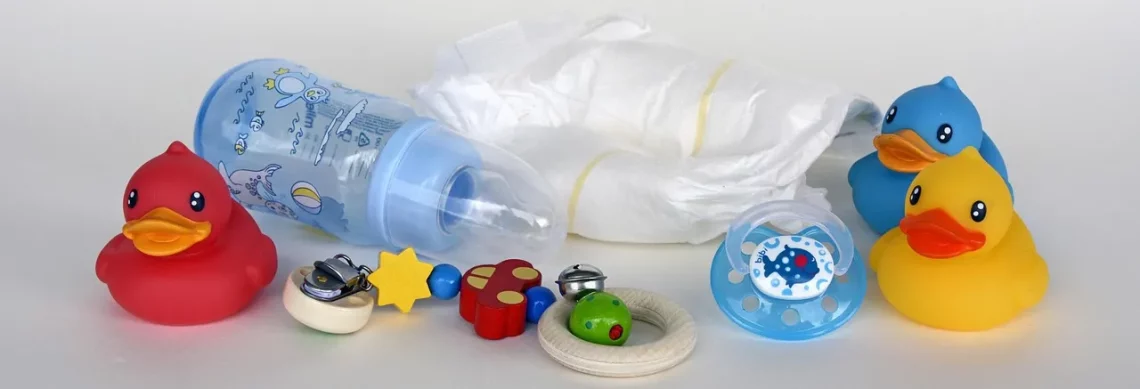
Understanding Adult Diapers for Fecal Incontinence Solutions
Understanding the challenges associated with fecal incontinence can be a daunting task for many individuals and their caregivers. This often misunderstood condition affects a significant portion of the adult population, leading to discomfort, embarrassment, and a reduced quality of life. Whether caused by aging, medical conditions, or other factors, fecal incontinence can create psychological and social barriers that are difficult to navigate.
Adult diapers have emerged as a practical solution for managing this issue, providing a sense of security and freedom to those who suffer from incontinence. These products are designed to offer comfort, absorbency, and discretion, making it easier for individuals to engage in daily activities without fear of leaks or odors. Beyond their functional benefits, adult diapers can also play a crucial role in restoring dignity and confidence.
In recent years, advancements in materials and technology have led to the development of a wide variety of adult diaper options, catering to different needs and preferences. Understanding the different types, features, and best practices for using adult diapers is essential for anyone seeking effective solutions for fecal incontinence.
Types of Adult Diapers Available
When it comes to adult diapers, there is a range of options designed to meet varying needs. Understanding the types available can help individuals make informed choices that cater to their specific circumstances.
Firstly, there are disposable adult diapers, which are widely popular due to their convenience. These diapers are designed for single use and are made from absorbent materials that lock moisture away from the skin. Many brands offer varying levels of absorbency, making it important to select the right product based on the severity of incontinence. Disposable diapers are typically designed with features like odor control and moisture-wicking technology to enhance comfort and discretion.
On the other hand, cloth adult diapers are also an option that some individuals prefer. These reusable diapers are made from soft fabrics and can be washed and reused multiple times. While they may require a bit more effort in terms of maintenance and cleaning, many users find them to be more comfortable and environmentally friendly. Cloth diapers are often adjustable and can provide a customizable fit, which is particularly beneficial for those with fluctuating body sizes.
Another category includes pull-up adult diapers, which resemble regular underwear. These products are designed for ease of use, allowing individuals to put them on and take them off without assistance. Pull-ups are particularly beneficial for those who maintain a level of independence and prefer a more discreet option. They are available in both disposable and reusable formats, offering flexibility depending on personal preference.
Lastly, specialized diapers cater to unique needs, such as those for individuals with mobility challenges or specific medical conditions. These products may have added features like extra padding, waterproof barriers, or adjustable fasteners to provide maximum comfort and protection.
Understanding the different types of adult diapers available can empower individuals to choose the most suitable option for their lifestyle and needs. By considering factors such as absorbency, ease of use, and comfort, users can make informed decisions that enhance their quality of life.
Key Features to Look for in Adult Diapers
Selecting the right adult diaper goes beyond just picking a type; it also involves understanding the key features that contribute to comfort and reliability. Several factors can significantly impact the overall experience, making it crucial to evaluate each element carefully.
One of the most important features is absorbency. Adult diapers vary in their ability to absorb liquid, and selecting a product that offers adequate absorbency for individual needs is essential. Look for diapers with a high absorbency rating, especially if the user experiences frequent or heavy incontinence. Many brands provide absorbency levels on their packaging, making it easier to choose the right fit.
Comfort is another critical aspect. The materials used in adult diapers can significantly affect how they feel against the skin. Look for options made from soft, breathable fabrics that minimize irritation and enhance comfort. Features such as elastic leg gathers and adjustable fasteners can also improve the fit, reducing the risk of leaks and providing additional comfort.
Odor control is a feature that many users appreciate, as it helps maintain discretion. Adult diapers equipped with odor-neutralizing technology can prevent unpleasant smells from escaping, allowing users to feel more confident and secure in social situations. This can be particularly important for those who are concerned about being in public or around others.
Discreetness is a vital consideration, especially for those who want to maintain their dignity while managing incontinence. Look for adult diapers that are designed to be thin yet effective. Many modern options are crafted to resemble regular underwear, making them less noticeable under clothing.
Finally, ease of use should not be overlooked. For individuals with mobility challenges or those who require assistance, selecting diapers that are easy to put on and take off can make a significant difference. Products with pull-up designs or those that have simple fastening systems can enhance user experience.
By understanding these key features, individuals can make informed choices when selecting adult diapers. Prioritizing comfort, absorbency, and discretion can lead to a more positive experience in managing fecal incontinence.
Best Practices for Using Adult Diapers
Using adult diapers effectively requires an understanding of best practices that can help maximize their benefits. By following certain guidelines, users can ensure that they are getting the most out of their chosen products while maintaining comfort and hygiene.
One of the first best practices is to choose the right size. Adult diapers come in various sizes, and selecting the correct fit is crucial for comfort and leak prevention. It is advisable to refer to the sizing charts provided by manufacturers and consider factors such as body shape and weight when making a selection.
Regular changes are essential for maintaining skin health and preventing discomfort. It is recommended to change adult diapers promptly after they become soiled to minimize the risk of skin irritation or infections. Users should establish a routine based on their individual needs, taking into consideration the absorbency level of the diaper and frequency of use.
Hygiene is another crucial aspect of using adult diapers. Users should ensure that the skin is clean and dry before putting on a fresh diaper. This can help reduce the risk of skin breakdown and irritation. Additionally, consider using barrier creams or lotions to protect the skin, especially for those who may be prone to rashes.
Disposal of used diapers should be handled discreetly and hygienically. If using disposable diapers, it is important to seal them in a plastic bag before discarding to contain any odors. For cloth diapers, prompt washing is essential to maintain cleanliness and prevent odors from developing.
Finally, communication is vital, especially when caregivers are involved. Open discussions about preferences, comfort levels, and any concerns regarding the use of adult diapers can lead to better outcomes for those managing fecal incontinence. Caregivers should also be educated on the best practices for assisting individuals who may require help with changing or selecting products.
By implementing these best practices, individuals can enhance their experience with adult diapers and manage fecal incontinence more effectively. Comfort, hygiene, and communication are key components in ensuring a positive and dignified approach to this sensitive issue.
**Disclaimer:** This article is for informational purposes only and is not intended as medical advice. Always consult a healthcare professional for medical concerns or advice regarding health issues.




